Battle of Atlanta Cyclorama
The Battle of Atlanta in 360 degrees, featuring a corpse that bears a striking resemblance to Clark Gable.
In the 1880s, “The Battle of Atlanta” cyclorama painting was an immersive experience—the equivalent of virtual reality today. The painting is a full-color, three-dimensional illusion designed to transport the viewer onto the battlefield. Cycloramas were created as a form of entertainment—they were the IMAX of their time. The painting was a visual story about the 1864 Battle of Atlanta, but over time it has evolved into a significant artifact that has its own fascinating story. Now, the historical journey of the painting itself is part of the big picture.
With a circumference of 358 feet and a surface area of 15,030 square feet, the Atlanta Cyclorama is considered to be the largest oil painting in the world. It stands 49 feet tall and weighs more than 10,000 pounds. In the 1930s, the considerable effect of the painting was enhanced with the addition of three-dimensional characters and objects. Eagle-eyed visitors can spot the likeness of Clark Gable standing in for a fallen soldier.
“The Battle of Atlanta” took five months to create. It was made at the American Panorama Company in Milwaukee by 17 German artists, and debuted in Minneapolis in 1886. Painted 22 years after the Battle of Atlanta, the painting originally depicted the battle as a heroic Union victory so it would appeal to Northern audiences. When the painting relocated to Atlanta in 1892, it was slightly modified and advertised as “the only Confederate victory ever painted” to appeal to its new Southern audiences that maintained Confederate sympathies. The 1864 Battle of Atlanta was not a Confederate victory, and most of the changes were reversed in the 1930s.
The cyclorama is a relic of a past form of entertainment. Although once enormously popular, only three significant cycloramas remain in the United States: The Atlanta Cyclorama, the Gettysburg Cyclorama and the Panorama of Versailles on display the Metropolitan Museum of Art in New York. In California, the petite Velaslavasay Panorama in Los Angeles is a modern recreation of the art.
Although few full-scale panoramas of the hundreds that once lured crowds around the world still exist, there are a few notable survivors: In Wroclaw, Poland, the enormous 120-year-old Raclawice Panorama lets you step into the middle of the 1794 Battle of Racławice. In Istanbul, Turkey the Panorama 1453 Museum recreates the epic fall of Constantinople. A more modern example in Damascus, Syria the October War Panorama is dedicated to scenes from the 1973 October War between Israel, Egypt, and Syria.
In 2014, plans were announced to close the Atlanta Cyclorama & Civil War History Museum. On February 22, 2019, Atlanta History Center opened an exhibit called Cyclorama: The Big Picture, which features the fully restored Battle of Atlanta painting. At the centerpiece is this 132-year-old hand-painted work of art.
Guests enter the painting rotunda through a seven-foot-tall tunnel entry—passing underneath the diorama—before ascending an escalator to the 15-foot-tall stationary viewing platform. Here, visitors get a full 360-degree view of the painting, enhanced by technology and a 12-minute theatrical, larger-than-life presentation projected onto the painting. The museum uses the cyclorama, as a tool to teach about history and culture, and how interpretations change over time. The work has been praised as a piece of southern heritage and criticized as an anachronism meant to glorify the Confederacy.
Know Before You Go
It is recommended that you book your ticket in advance. Approximately 100 walk-up tickets are available daily. Walk-up ticket sales begin at 10:00 a.m. The first show begins at 10:30 a.m, but your timed experience may not be until later in the day. Tickets are timed and availability varies each day










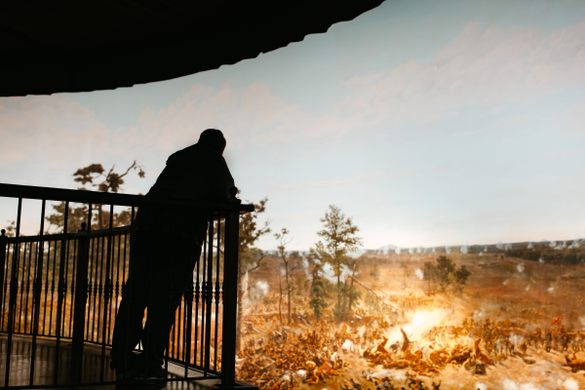




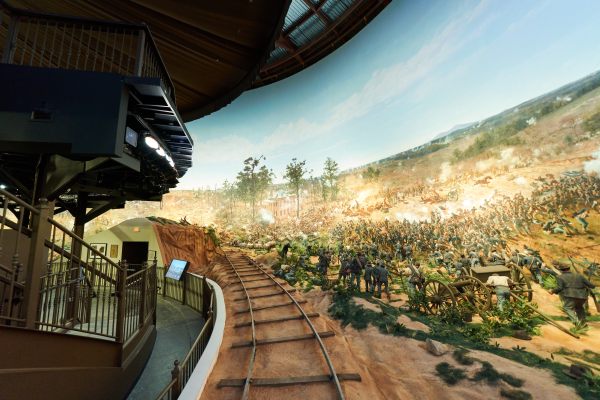











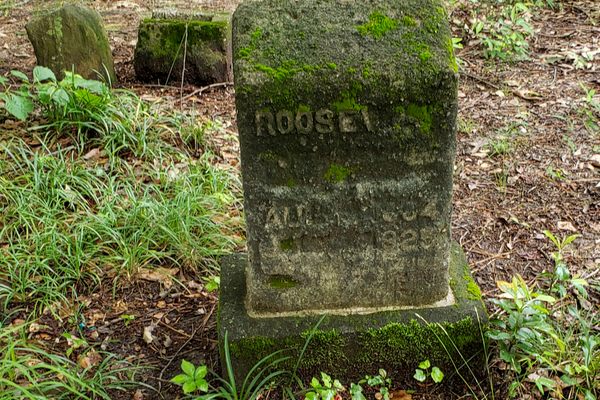

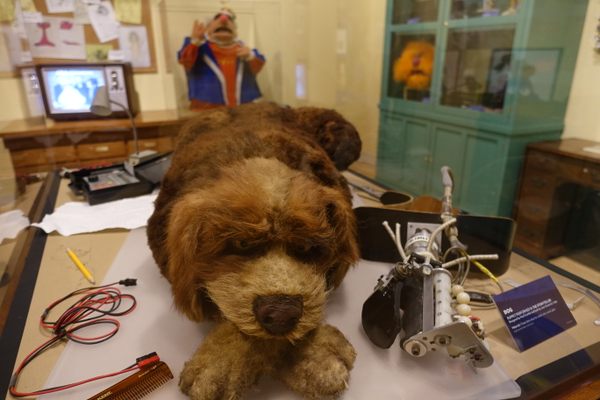

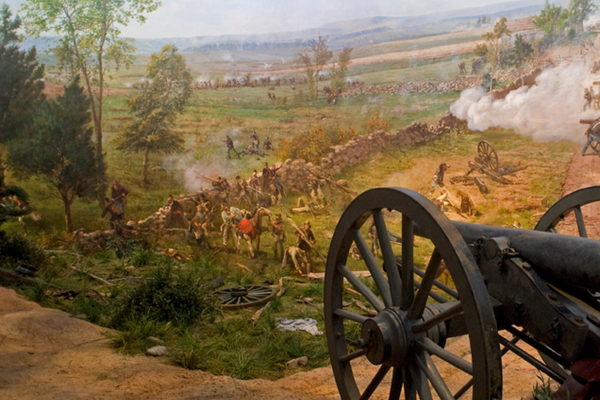
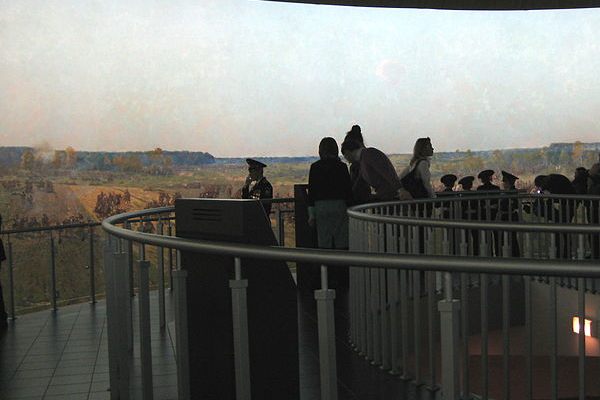



Follow us on Twitter to get the latest on the world's hidden wonders.
Like us on Facebook to get the latest on the world's hidden wonders.
Follow us on Twitter Like us on Facebook